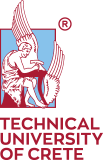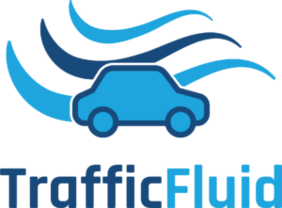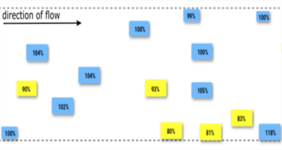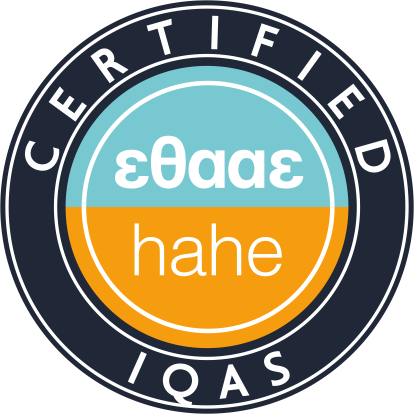The article "Lane-free artificial-fluid concept for vehicular traffic" launches the TrafficFluid concept for automated vehicle traffic!
The article was just published in Proceedings of the IEEE (Volume: 109, Issue: 2, Feb. 2021), the flagship journal of IEEE (impact factor 10.252) as a Point-of-View article.
Abstract:
A novel paradigm for vehicular traffic in the era of connected and automated vehicles (CAVs) is proposed, which includes two combined principles: lane-free traffic and vehicle nudging; the latter implying that vehicles may be "pushing" (from a distance, using communication or sensors) other vehicles in front of them. This traffic paradigm features several advantages, including: smoother and safer driving; increase of roadway capacity; and no need for the anisotropy restriction. The proposed concept provides the possibility to actively design (rather than model or describe) the traffic flow characteristics in an optimal way, i.e. to engineer the future CAV traffic flow as an efficient artificial fluid. Options, features, related prior work, application domains and required research topics are discussed. Preliminary simulation results illustrate some basic features of the concept.
Main authors are the TUC Dynamic Systems and Simulation Laboratory (DSSL) researchers Professor Markos Papageorgiou (DSSL Director), Associate Professor Ioannis Papamichail and Dr. Kyriakos-Simon Mountakis.
The article is co-authored with DSSL collaborators from the Institute of Intelligent Transportation Systems, Zhejiang University, China, and the National Technical University of Athens, Greece.
Download the article here.

















